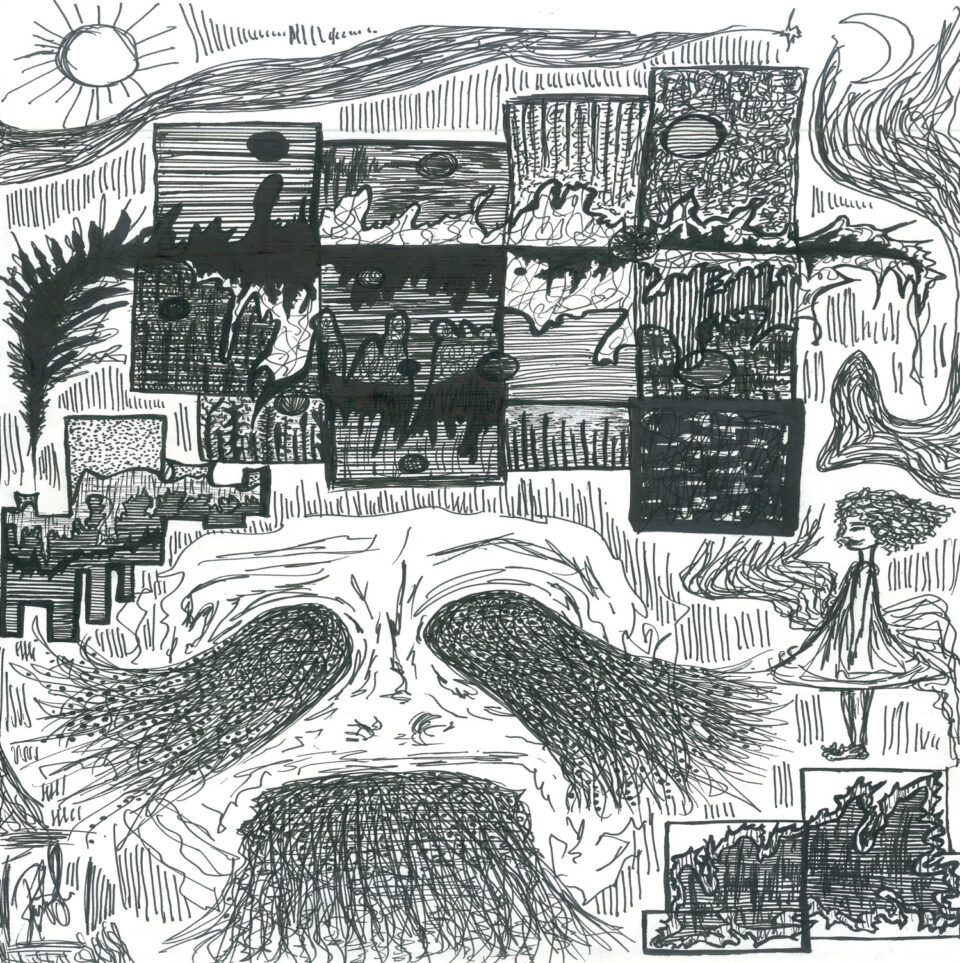An excerpt from Heavier The Radwa (2014)
From Chapter Sixteen: In the Time of Revolution, 197–198
We must admit that the mechanisms of state in our country—the security apparatus above all—do not fail to profit from the experiences of others, constantly updating and renewing themselves. Our government was quick, for instance, to construct a high wall, immense stone piled upon immense stone, to form a barrier between demonstrators and the Israeli Embassy.
Here it is necessary to point out to my readers…that our government is not content with the description of Israel as the only democracy—as well as the most modern and advanced nation—in the region known as “The Middle East”; therefore it would not do for Israel to be the only one to build a protective wall, and so the Egyptian government endeavored to compete with Israel upon the very ground occupied by its own representative in our country. Furthermore, the government did not wish to have the budget strained by impediments to efficiency attributable to “factional demands” and to “thugs” calling themselves revolutionaries—or by the economic crisis resulting from the ensuing delay. They didn’t use steel panels like the ones they had employed in building the wall between Egypt and Palestine. They cut costs by deciding to construct the embassy wall with huge rocks, like those that make up a breakwater. The resemblance seemed to bring a triumphant smile to the faces of those who made this decision, begetting in their minds schemes for the future, which they would implement in the course of the succeeding weeks—for they went on to build similar walls, from the same type of rocks, in Mohammed Mahmoud Street, Mansour Street, Sheikh Rihan Street, and Qasr al-Aini. The goal this time was to protect not the Israeli Embassy, but rather the Ministry of the Interior.
No sooner had the wall been built than kids came with their buckets of paint and paintbrushes, and covered it with colorful artwork, along with whatever graffiti they cared to put there, sayings and slogans. Thus the wall was transformed by the gloriously colored images superimposed upon it, and by arresting murals such as might have pleased David Siqueiros and Diego Rivera, the great Mexican artists who painted murals and brought attention to the value of such expression, during the revolutionary period in their own country.
The fact is that the kids made the best of a bad job when they took a wall—bleak, sand-colored, depressing, painful to contemplate—and turned it into an artistic monument, in brilliant colors that brought relief to the soul. This is not just because they proved that for every action there is an equal and opposite reaction—meaning they could be reassured that the laws of nature continue unchanged, subject to the forces of no government, no Israel—but rather that, in offering artistic beauty that also served a purpose, they carried on in the spirit of those who had gone before them. Moreover, they balanced the timelessness of art with the paradoxical notion of timely advantage, and the possibility that the two may be interchangeable, according to circumstance and necessity.









